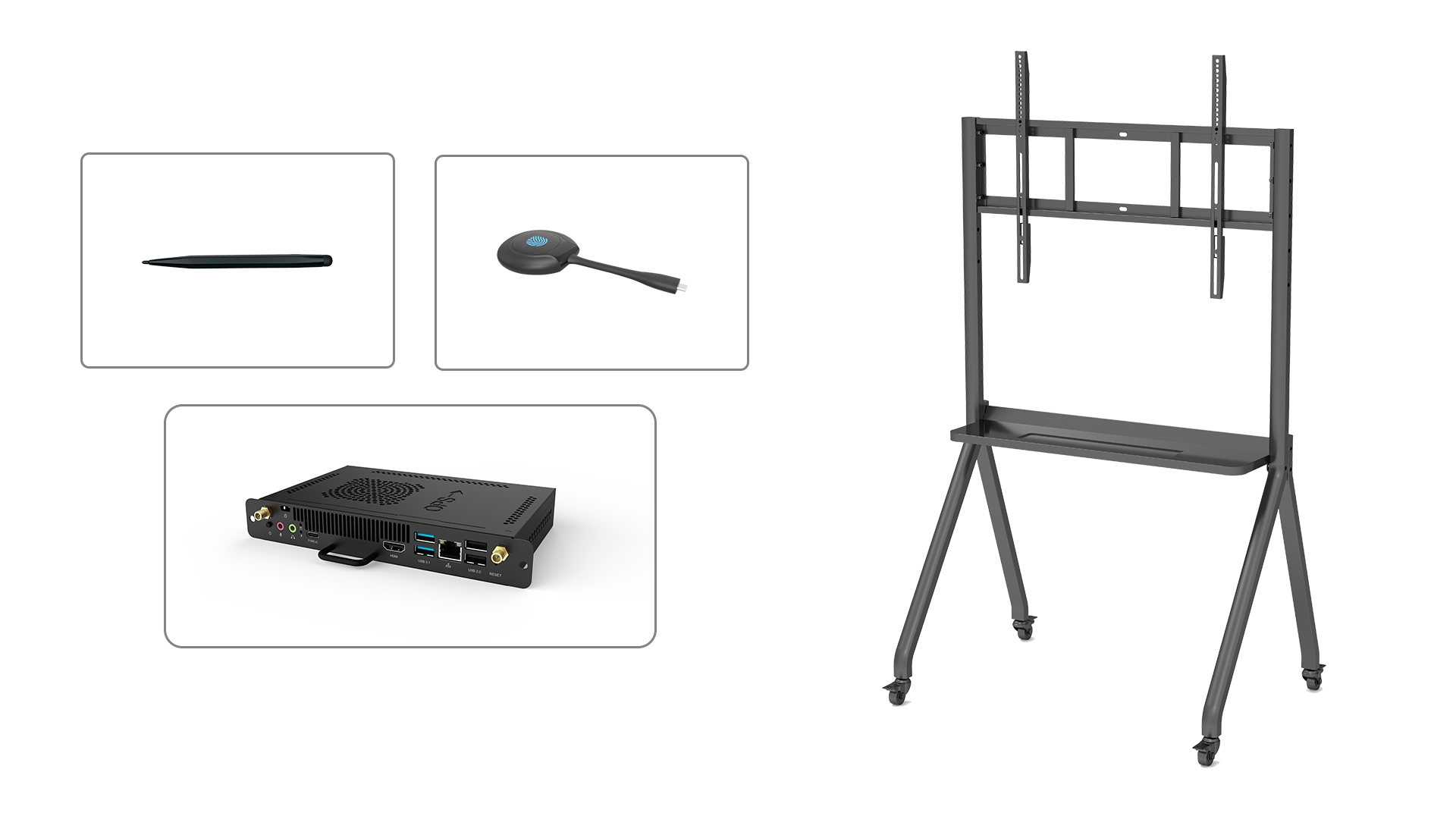Introduction:
In today's fast-paced business world, effective collaboration is vital for the success of any team. Traditional methods of sharing ideas and information during team meetings can often be inefficient and time-consuming. However, with the advent of interactive whiteboards, teams now have access to a powerful tool that can greatly enhance collaboration in meetings. In this article, we will explore the various ways in which interactive whiteboards can revolutionize team meetings and improve overall collaboration.
1. Facilitating Visual Communication:
Enhancing Collaboration with Interactive Whiteboards in Team Meetings allows teams to visually communicate their ideas and concepts more effectively. With the ability to display images, charts, graphs, and other visual aids, team members can easily share and discuss information in a more engaging manner. This visual communication not only improves understanding but also helps in generating new ideas and finding innovative solutions to problems.
2. Real-Time Collaboration:
Interactive whiteboards enable real-time collaboration among team members, regardless of their physical location. With the help of video conferencing and screen sharing capabilities, team members can actively participate in meetings and contribute to discussions, regardless of whether they are present in the same room or working remotely. This feature eliminates geographical barriers and allows teams to collaborate seamlessly.
3. Interactive Brainstorming:
Brainstorming sessions are an essential part of team meetings, as they foster creativity and generate new ideas. Interactive whiteboards provide a digital canvas for teams to brainstorm and capture their thoughts in real-time. The ability to write, draw, and erase on the whiteboard encourages active participation and engagement from all team members, resulting in more productive and effective brainstorming sessions.
4. Enhanced Document Collaboration:
Collaborating on documents and presentations can often be challenging, especially when multiple team members are involved. Interactive whiteboards simplify this process by allowing teams to work collaboratively on shared documents and presentations. With features like annotation, highlighting, and version control, team members can easily provide feedback, make changes, and track progress, thereby improving overall document collaboration.
5. Seamless Integration with Digital Tools:
Interactive whiteboards seamlessly integrate with various digital tools and software, enhancing collaboration during team meetings. Teams can access and display documents, spreadsheets, and other files directly on the whiteboard, eliminating the need for printing and physical handouts. Integration with project management tools, communication platforms, and note-taking apps further streamlines the collaboration process.
6. Engaging Presentations:
Traditional slide presentations can often be monotonous and fail to capture the attention of the audience. Interactive whiteboards offer a dynamic and engaging alternative to traditional presentations. With the ability to incorporate multimedia elements, interactive quizzes, and interactive charts, team members can deliver more captivating and memorable presentations, leading to increased audience engagement and improved collaboration.
7. Effective Data Visualization:
Data-driven decision-making is crucial for businesses, and interactive whiteboards can greatly facilitate this process. By displaying data in a visual format, such as graphs, charts, and infographics, team members can easily analyze and interpret complex information. This enhances understanding, enables more informed discussions, and ultimately leads to more effective collaboration in team meetings.
8. Efficient Meeting Documentation:
Interactive whiteboards simplify the process of documenting meeting discussions and outcomes. With the ability to capture and save whiteboard content digitally, teams can easily refer back to the information discussed during the meeting. This ensures that all decisions, action items, and key takeaways are accurately recorded, improving accountability and ensuring that everyone is on the same page.
9. Increased Engagement and Participation:
Interactive whiteboards create a collaborative and inclusive meeting environment, which encourages active participation from all team members. The interactive nature of the whiteboard stimulates engagement, as team members can contribute directly to the discussion by writing, drawing, or annotating on the board. This increased engagement leads to more productive meetings and fosters a sense of ownership and involvement among team members.
10. Remote Training and Workshops:
Interactive whiteboards are not limited to team meetings but can also be used for remote training sessions and workshops. With screen sharing and video conferencing capabilities, trainers can deliver interactive and engaging sessions to remote participants. The whiteboard serves as a virtual training platform, allowing trainers to deliver presentations, conduct exercises, and collaborate with participants, ultimately enhancing collaboration and knowledge-sharing in remote settings.






